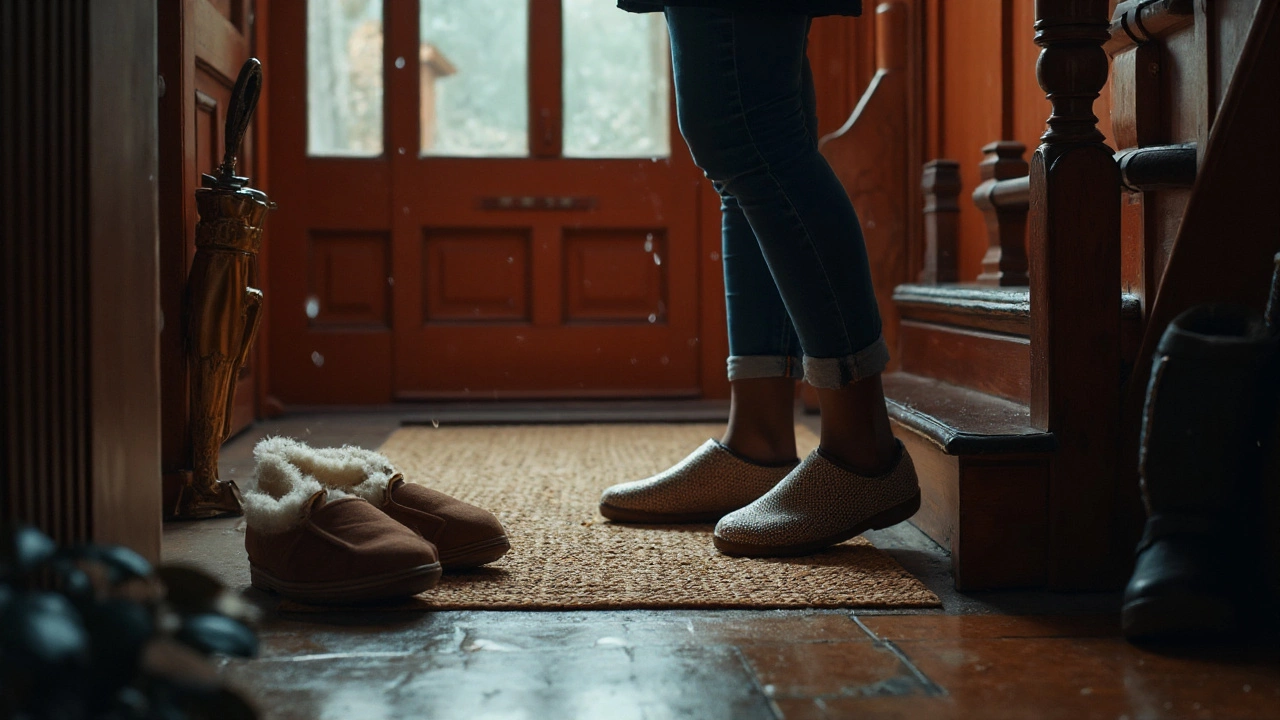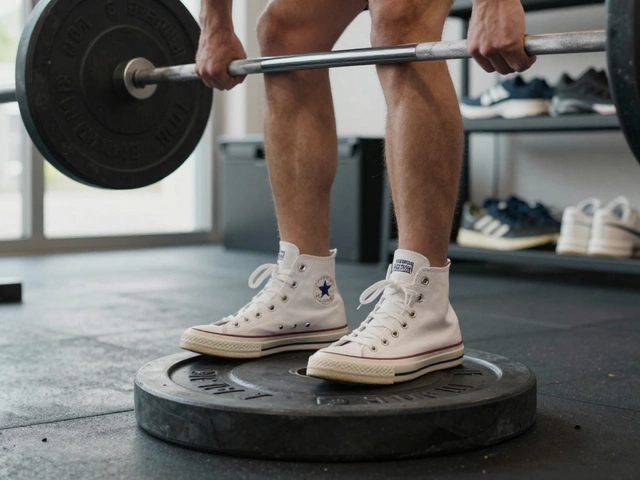Slipper Size Guide: Find the Perfect Fit Every Time
Ever bought a pair of slippers that felt great in the store but started hurting after a few days? Most of that problem comes down to size. Getting the right slipper size isn’t rocket science, but it does need a quick check of your foot length, width, and how much toe room you like.
How to Measure Your Feet for Slippers
Grab a piece of paper, a pen, and a ruler. Stand on the paper with your weight evenly distributed – you want the foot to spread the way it does when you’re walking around the house. Trace the outline of each foot, then measure the longest distance from heel to toe. That number in centimeters (or inches) is your foot length.
Most brands list size charts that match foot length to a slipper size. If you’re between sizes, go for the larger one. Slippers are usually made of softer materials, so a little extra room won’t make them look sloppy, but it will keep your toes from feeling cramped.
Width matters too. If the brand offers wide or narrow options, pick the one that feels snug at the sides without pinching. If they don’t, check the product description for words like "roomy" or "snug" – that tells you how the shoe is cut.
Signs Your Slippers Need a New Size
Even if you followed the measurement steps, you might still end up with a size that doesn’t work. Here’s what to look for:
- Toe rubbing. If the front of the slipper digs into your toes after a short walk, it’s too small.
- Heel slipping. Your heel should stay in place. If it slides up and down, the slipper is either too big or the footbed is too narrow.
- Pressure points. Any uncomfortable pressure on the ball of the foot or the arch means the shape isn’t right for you.
- Visible wear. When the sole starts to wear unevenly, it’s a sign the shoe isn’t distributing weight correctly – often a size issue.
Notice these signs? It’s time to size up or down. Remember, slippers are meant for cozy indoor use, so comfort should be your top priority.
Another tip: think about when you’ll replace your slippers. If the cushion feels flat or the fabric looks worn, even a perfect size won’t help. A fresh pair with the right size can protect your feet from aches and even prevent issues like Morton's syndrome, a common foot pain problem.
Finally, consider the style. Some slipper designs, like slip‑ons with a low profile, need a tighter fit to stay on. Others, like plush house shoes with a roomy toe box, let you go a half size larger for extra comfort.
Bottom line: measure, check the brand’s size chart, and test the fit by walking around your home. If anything feels off, swap the size before you settle. The right slipper size makes every step feel like a hug for your feet.

How to Choose Slippers: Fit, Support, and Materials Guide
Clear, no-fluff guide to choosing slippers: fit, support, materials, sizing, climate, checklists, and FAQs. Make a comfy, safe pick that lasts.




